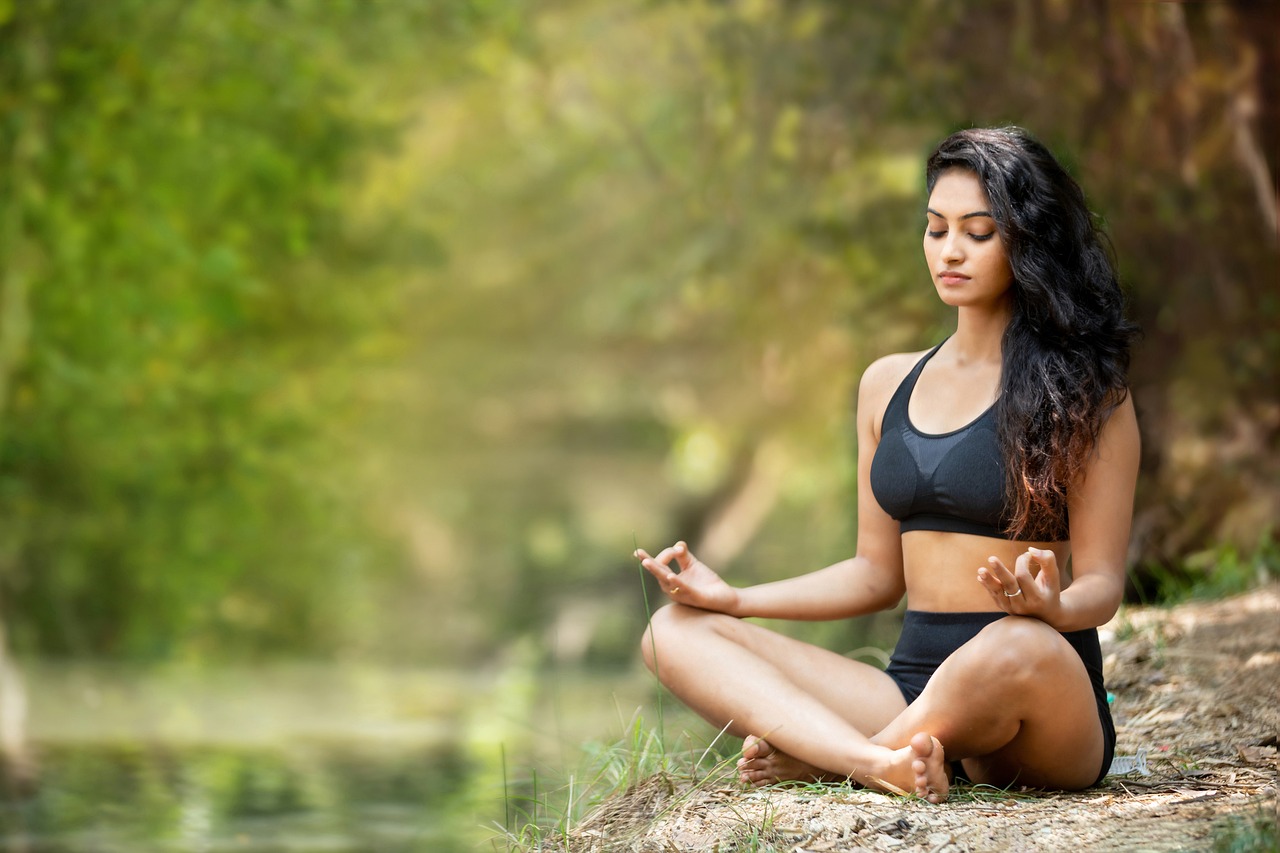A Beginner’s Guide to Wellness Tourism: How to Plan the Perfect Retreat.
Wellness tourism is a rapidly growing trend in travel that focuses on promoting physical, mental, and emotional well-being. From yoga retreats to spa getaways, wellness tourism offers a range of options for travelers who are looking to prioritize their health and well-being while on vacation. In this beginner’s guide, we’ll explore how to plan the perfect wellness retreat.
Step 1: Define Your Wellness Goals
Before you begin planning your wellness retreat, it’s important to define your wellness goals. What areas of your health and well-being do you want to focus on? Are you looking to de-stress and unwind, improve your fitness and nutrition, or work on your mental and emotional well-being? By clarifying your goals, you can better narrow down your options and choose the retreat that will best suit your needs.
Step 2: Choose Your Destination
Once you’ve defined your wellness goals, it’s time to choose your destination. There are a variety of wellness tourism options available around the world, from tropical beach resorts to mountain retreats. Consider factors such as climate, culture, and accessibility when choosing your destination.
Step 3: Research Retreats
After choosing your destination, research retreats that align with your wellness goals. Look for retreats that offer the activities, services, and amenities that you’re interested in. Consider factors such as the size of the retreat, the type of accommodations, and the level of support and guidance provided.
Step 4: Plan Your Itinerary
Once you’ve chosen your retreat, it’s time to plan your itinerary. Many wellness retreats offer structured programs that include activities such as yoga, meditation, hiking, and spa treatments. Decide which activities you want to participate in and create a schedule that allows you to make the most of your retreat.
Step 5: Prepare for Your Retreat
Before embarking on your wellness retreat, it’s important to prepare yourself mentally and physically. Make sure to pack appropriate clothing and gear for the activities you’ll be participating in. Consider practicing yoga or meditation before your retreat to help prepare your mind and body. It’s also important to inform any necessary parties, such as work or family, that you’ll be unavailable during your retreat.

Step 6: Embrace the Experience
Finally, it’s time to embrace the experience. Allow yourself to fully immerse in the retreat and take advantage of all that it has to offer. Use this time to prioritize your health and well-being, and to gain new insights and tools to continue your wellness journey beyond the retreat.
In Conclusion:
Wellness tourism offers a unique opportunity for travelers to prioritize their health and well-being while on vacation. By defining your wellness goals, choosing your destination, researching retreats, planning your itinerary, preparing for your retreat, and embracing the experience, you can plan the perfect wellness retreat. Remember to prioritize self-care and to allow yourself to fully immerse in the experience.
Frequently Asked Questions (FAQs)
A: Wellness tourism focuses on promoting physical, mental, and emotional well-being during travel, offering options such as yoga retreats, spa getaways, and holistic wellness experiences.
A: To define your wellness goals, consider what aspects of your health and well-being you want to focus on, such as stress reduction, fitness improvement, or mental and emotional balance.
A: When choosing a destination, consider factors like climate, culture, accessibility, and the availability of wellness retreats and services that align with your goals.
A: Research retreats that align with your wellness goals, looking for factors like activities offered, services provided, accommodations, size of the retreat, and level of support and guidance.
A: Decide which activities you want to participate in during the retreat, such as yoga, meditation, spa treatments, or hiking, and create a schedule that allows you to make the most of your experience.
FAQs
A: Pack appropriate clothing and gear for the activities, consider practicing yoga or meditation beforehand, and inform necessary parties, such as work or family, that you’ll be unavailable during the retreat.
A: Many wellness retreats offer customizable options, allowing you to tailor the experience to your specific preferences and goals. Check with the retreat organizers for available options.
A: Embrace the experience by fully immersing yourself in the retreat, prioritizing your health and well-being, and being open to gaining new insights and tools for your wellness journey.
A: Absolutely! A wellness retreat can serve as a catalyst for ongoing self-care and well-being. Take what you’ve learned during the retreat and apply it to your everyday life.
A: Wellness tourism can be suitable for a wide range of individuals seeking to prioritize their health and well-being. However, it’s important to consider your personal preferences, health conditions, and any necessary accommodations before choosing a retreat.